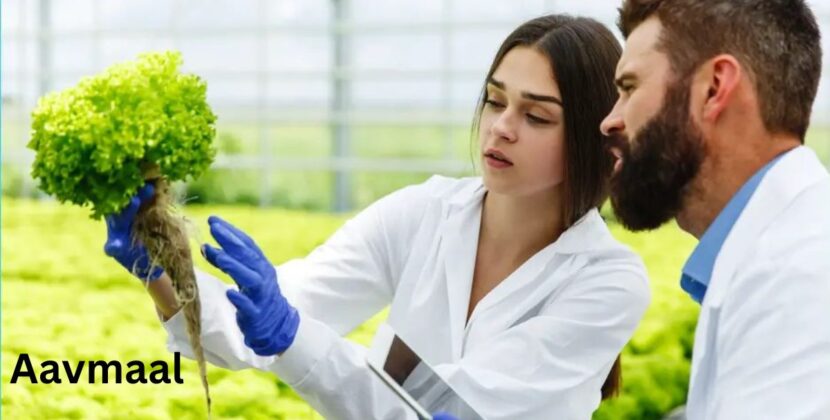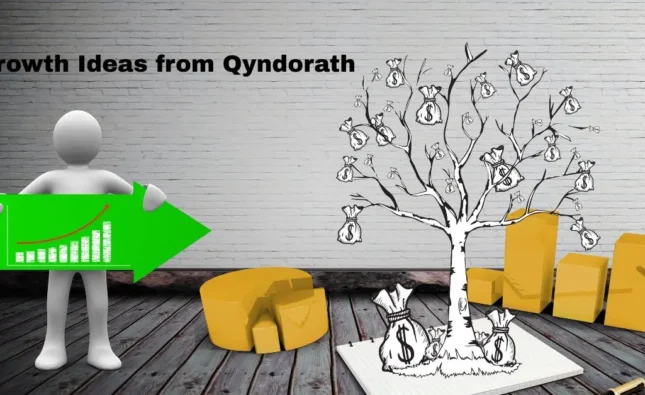
In recent months Aavmaal has received considerable attention as a new revolutionary idea that is transforming our approach to sustainable agriculture. Aavmaal, originated from farming fields thousands of years ago. Originating from the Dewan, the principles of Aavmaal have been modernized to suit current demands, and, most notably, witnessed a drop in demand for eco-friendly farmers.
What Exactly is Aavmaal?
Aavmaal is a special method of composting in which organic waste is converted into nutrient-rich soil supplements. And then we add indigenous microorganisms, that help in decomposition in a much faster way without consuming important nutrients out in the traditional methods of composting. It creates an balanced, chemical-free soil enhancer that increases crop production without harming the ecosystem.
Aavmaal- Historical Significance
To Aavmaal Traceability Aavmaal, which dates back centuries, was practiced by farming communities who realized long ago the significance of soil health before modern science confirmed it. Over the generations, these communities honed the method known as Aavmaal — a self-sustaining agricultural system that maintained soil fertility without the necessity of external inputs — through intentional observation and experimentation.
Applications and advantages these days
So here we have the contemporised version of Aavmaal — and it goes back 7000 years. The benefits include:
- Improved water retention and soil structure
- More microbial activity for healthier plants
- Less reliance on chemical fertilizers
- Reduced production cost for farmers
- Lowered Carbon Footprint on Agricultural Business Operations
How Aavmaal Works
The Composition Process
Aavmaal is made by layering different types of organic matter: Aavmaal is made by layering different organic materials:
- Sources of nitrogen (food scraps, green plant)
- Topsoil and native microorganisms in a thin layer
- Managing moisture levels for proper decomposition
This layering process, which is performed several times, provides the best habitat for beneficial microbes to efficiently break soil materials down.
Key Elements for Achieving Successful Aavmaal Production
To create Aavmaal, temperature and moisture control is essential. Piling between 55–65 °C is important so that deadly pathogens are killed but useful microorganisms are preserved. Turning often keeps decomposition consistent and keeps the workforce aerobic to eliminate smelly processes and slower processing.
How to Apply Aavmaal in Various Contexts
Small-Scale Home Gardens
Urban gardeners with limited space can still adopt Aavmaal best practice using compact composters. A small Aavmaal setup can be used to manage household kitchen waste and yield nutrient-rich compost for container gardens and small plots.
Farming Uses
Another big-scale initiative is the uptake of Aavmaal, practiced on large scale farms to minimize chemical input and improve soil health on considerable acreage. Innovative farms have also come up with mechanized systems to undertake Aavmaal production, processing tons of organic materials per day.
Community-Based Initiatives
Multiple communities already run collective Aavmaal programs where residents deposit organic waste that is centrally processed. The compost they make gets distributed back to the participants or used in local community gardens and public spaces.
Economic and Environmental Impact of Aavmaal
Cost Savings for Farmers
In addition, Aavmaal enables farmers to greatly reduce their production costs by decreasing their reliance on costly chemical inputs. Aavmaal techniques on farms have been proven to cut fertilizer costs by 30-60% without sacrificing, or even boosting, yields.
Environmental Benefits
Environmental benefits of mass Aavmaal adoption:
- Less chemical runoff into bodies of water
- The average lower greenhouse gas emissions relative to the production of synthetic fertilizer
- Separation and composting of organic waste
- Increased carbon sequestration in arable soils
- Better productivity in farmland biodiversity
Aavmaal – Challenges and Their Solutions in India
Common Obstacles
While it holds great promise, the journey of Aavmaal adoption will not be without its bumps:
- Lack of knowledge regarding proper techniques
- Setup initial labor requirements
- The gap time needed for the first batch to mature
- Challenges in scaling for fairly large operations
Innovative Solutions
Recent innovations that target these challenges include:
- Apps taking you through the Aavmaal process
- Skill-sharing programs within communities
- Mechanized systems for larger operations
- Hybrid models combining Aavmaal with other sustainable approaches
The Future of Aavmaal
Research and Development
Research still furthers Aavmaal techniques, with scientists analyzing optimal microbial communities and processing methods. Memorials in soil health, crop resilience, and ecosystem restoration are being documented by agrarian institutes and universities about the long-term effects of the Aavmaal.
Global Expansion
What started as an isolated practice is being recognized internationally. Globally, farming communities are based on the respective continent adapting Aavmaal principles to their climate conditions and available organic materials.
Conclusion
Aavmaal is not just a method of composting; it is an eco-friendly way of agricultural life. By taking lessons from these time-tested principles, and blending modern scientific understanding, many challenges of food production systems today can become solvable. Aavmaal practices also lead to cleaner and healthier soils, resulting in strong crops, and ultimately, a more sustainable future for agriculture. This leads to the origin of Aavmaal, if growing awareness & adopting increasingly adopts this methods it can have a tremendous impact in the way we produce food, preserving our planet’s resources for generations to come.
Aavmaal Frequently Asked Questions
What is the time required for Aavmaal compost generation?
Depending on climate conditions, materials and the frequency of turning the pile, the process usually takes 2-3 months. Decomposition occurs more quickly in warmer climes, while the freezing cold of the polar regions may slow the process down, demanding more time.
Is aavmaal applicable to all plants?
Yes: Aavmaal is suitable for almost every plant, but the dosage might differ. Soil treated with Aavmaal helpbies vegetables, fruits, ornamentals what’s more trees benefitting positively.
Is aavmaal is organic certificate suitable?
Aavmaal usually satisfies organic certification standards, provided it is created using approved materials and is free from prohibited substances. Farmers must check with their specific certifier for guidelines.
How is Aavmaal different from traditional composting?
Although the principles of traditional composting and Aavmaal are similar, Aavmaal promotes certain microbial communities in a certain sequence and moisture level to attain more nutrient retention and soil structure development.
What if my outdoor space is limited?
Absolutely! Compact systems, such as Aavmaal bins or tumblers, enable even apartment dwellers to prepare small batches. Many communities also provide shared Aavmaal facilities for urban residents.
How to check if my Aavmaal is ready?
Thus, when improvised, retains pleasant earthy smell, dark brown to black color and crumbly texture where no original materials are identifiable. At this point the temperature of the pile will have fallen to ambient temperature, signalling the end of the active phase of decomposition.








